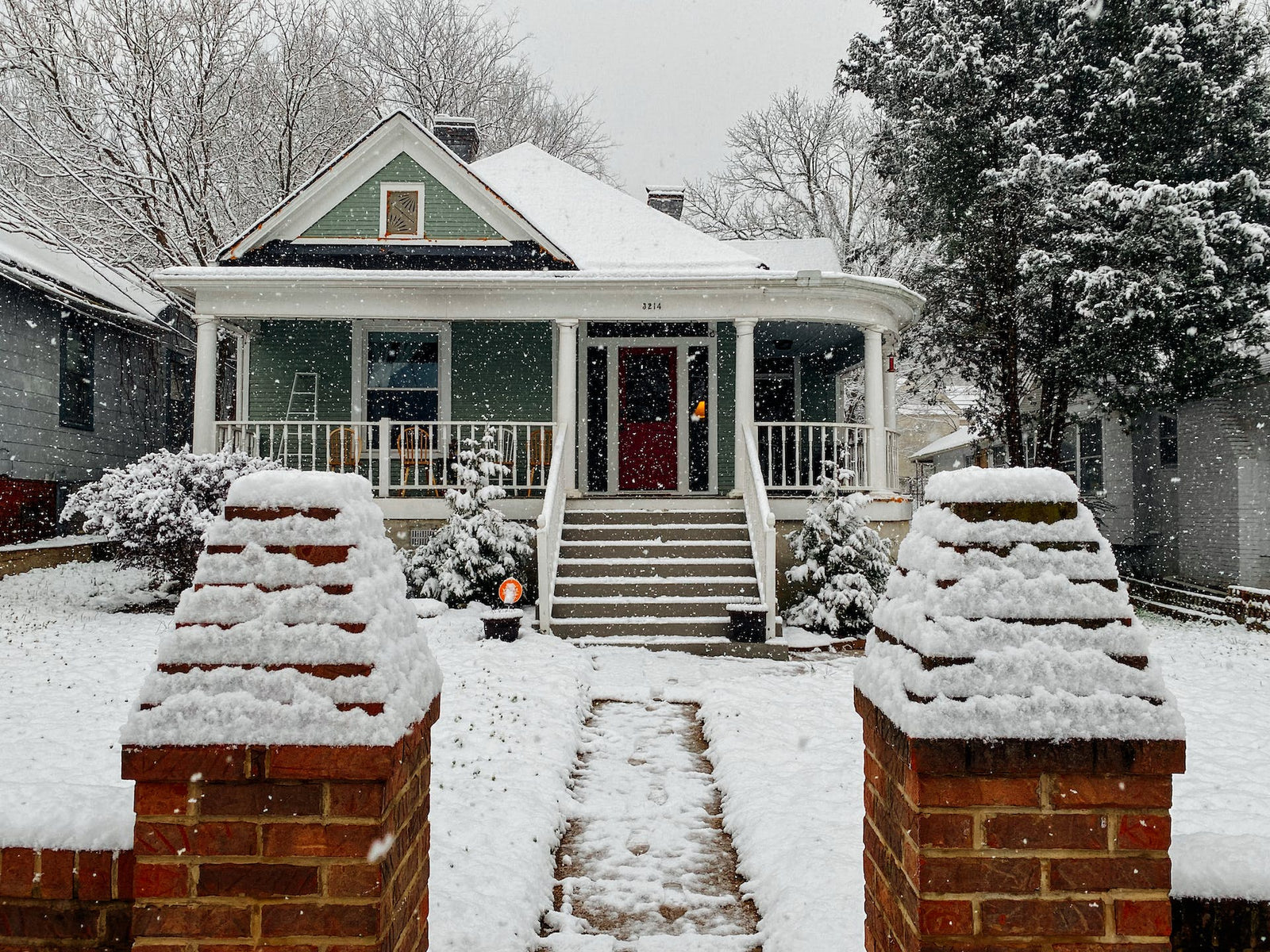Free standard shipping on all orders shipped in the U.S.
Menu

Free standard shipping on all orders shipped in the U.S.
Free standard shipping on all orders shipped in the U.S.


November 03, 2023 4 min read
Winter brings with it a quiet transformation. As frosty mornings and cold breezes become commonplace, the once vibrant environment filled with buzzing insects seems to hush. This dramatic shift often prompts the question among homeowners: "Where do bugs go in the winter?" Do they perish with the cold or simply go into hiding? The reality is far more intricate. Though we may observe fewer insects during these chilly months, they’re very much a part of the winter landscape, albeit in a more discreet manner.
From hibernation-like states to seeking warmer abodes, bugs have developed remarkable strategies to ensure their survival. This article sheds light on this intriguing subject: where do insects go in the winter, unveiling the secrets of how they navigate the challenges of winter.
For many bugs, winter presents a harsh reality. Dependent on external temperatures, they need to find ways to cope with the dropping temperatures. So, if you’re wondering “where do bugs go in the winter,” you should know that many insects either take refuge in sheltered places, reduce their metabolic rates, or make the bold move of venturing indoors.
Nature has equipped bugs with the incredible ability to essentially 'pause' their lives when conditions become too harsh. This state, known as diapause, is akin to hibernation in mammals. They lie dormant, conserving energy, awaiting the return of favorable conditions. Examples include:
Migration isn't just for birds. Many insects, sensing the approach of winter, seek out warmer locales or find solace beneath the ground. This quest for warmth ensures their species' survival. The examples below should help answer the question better: “Where do bugs go in the winter?”
While many bugs have natural refuges, some prefer the warmth of our homes. When pondering where do insects go in the winter, we often overlook our own living spaces. They adjust their lifestyles, braving the indoors, which can sometimes lead to unwelcome confrontations.

The realization of "where do bugs go in the winter" necessitates a proactive approach. By having comprehensive knowledge and taking action, one can keep these insects at bay. Here are some specific measures homeowners can take to prevent pest infestations during winter:
So, where do bugs go in the winter? The world of bugs in winter is a testament to nature's resilience and adaptability. From dormancy to migration, insects have evolved myriad ways to face the season's challenges. For homeowners, a keen understanding and a proactive approach can help avoid problems, even during the chilliest times of the year.
If you’re regularly dealing with pest infestations during winter or other seasons like summer, fall, or spring, DIY Pest Warehouse is here to help you. We not only bring you professional-grade DIY pest control products but also share our industry expertise with our pest guides. Learn more on our blog.